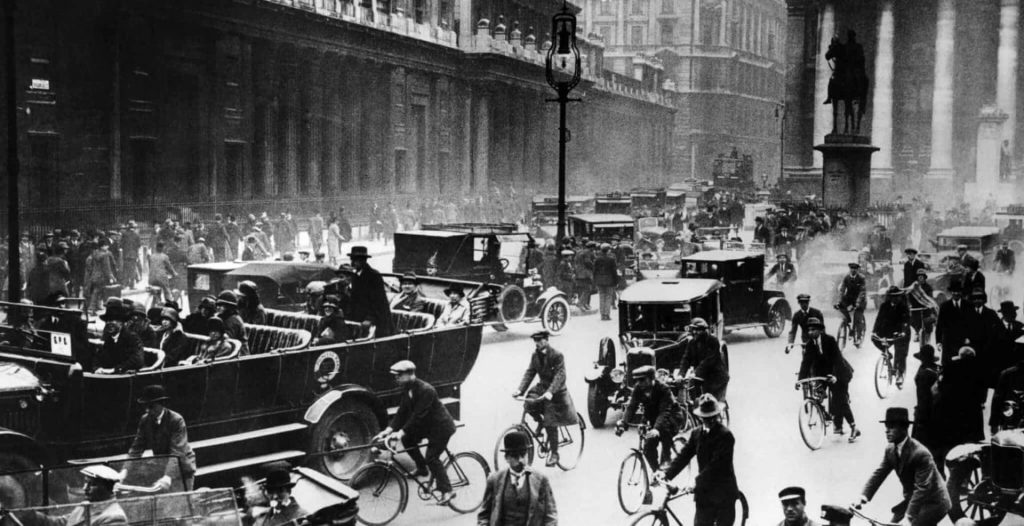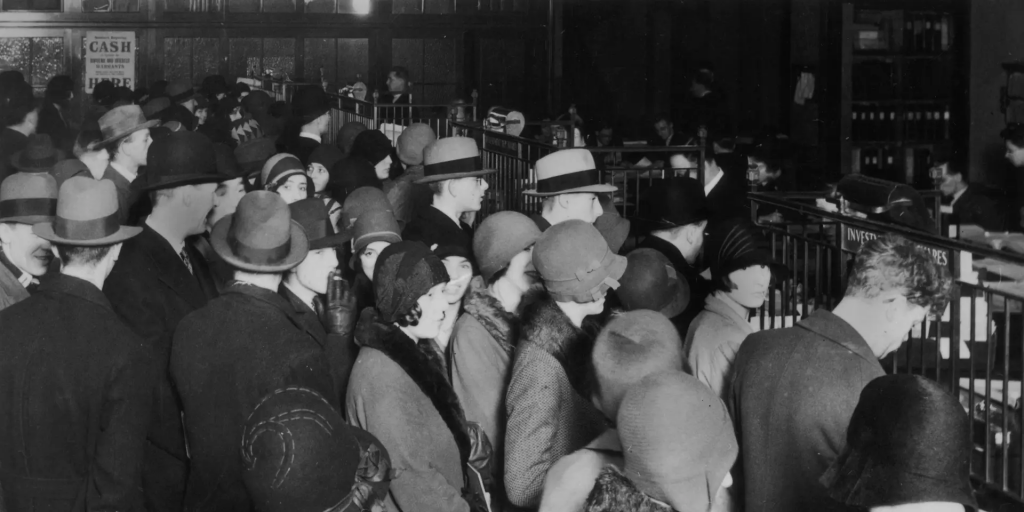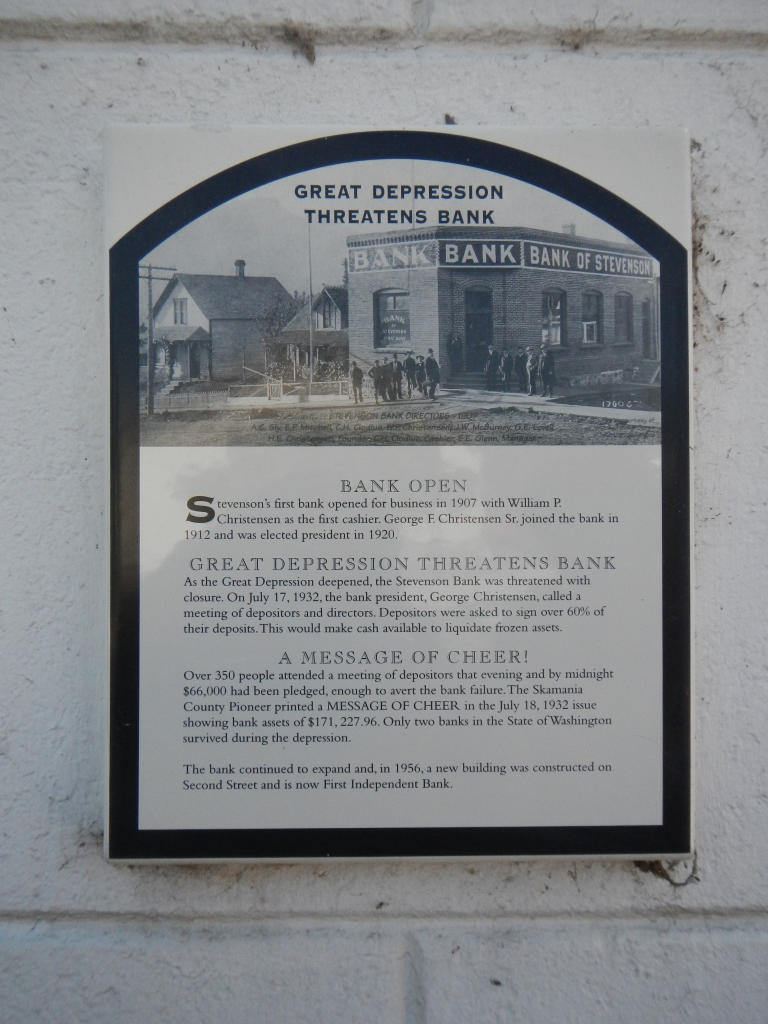The Roaring Twenties
The 1920s, known as the Roaring Twenties, was a decade of prosperity and cultural change. The stock market boomed, consumerism flourished, and people enjoyed new forms of entertainment like jazz music and motion pictures. However, beneath this surface of wealth, economic warning signs were beginning to appear.

Image: A lively scene from the Roaring Twenties, a decade of prosperity and cultural change.
The Stock Market Crash
On October 29, 1929, known as Black Tuesday, the stock market crashed. Panic selling led to a massive drop in stock prices, wiping out billions of dollars in wealth. Many investors who had bought stocks on margin were left with huge debts, and the crash marked the beginning of the Great Depression.

Image: Crowds outside the New York Stock Exchange during the stock market crash of 1929.
The Ripple Effect
The stock market crash had a ripple effect on the economy. Banks that had invested heavily in the stock market or had loaned money to investors began to fail. As banks collapsed, people lost their savings, leading to a dramatic decrease in consumer spending and business investment.

Image: A bank run during the early days of the Great Depression as people rush to withdraw their savings.
Unemployment Soars
As businesses closed or cut back production, unemployment soared. By 1933, nearly one in four Americans was out of work. Breadlines and soup kitchens became common sights as people struggled to feed their families.

Image: A long line of unemployed men during the Great Depression.
The Dust Bowl
Adding to the economic woes was the Dust Bowl, a series of severe dust storms that devastated the Great Plains. Poor agricultural practices and a prolonged drought caused massive crop failures, forcing many farming families to leave their homes in search of work and better living conditions.

Image: Dust storms ravaging the Great Plains during the Dust Bowl.
Global Impact
The Great Depression was not limited to the United States; it had a global impact. International trade plummeted, and countries around the world experienced severe economic downturns. The depression led to widespread poverty, political instability, and a rise in extremist movements in various nations.

Image: A global map showing the widespread impact of the Great Depression.
New Deal and Recovery
In 1933, Franklin D. Roosevelt became President of the United States and introduced the New Deal, a series of programs and reforms aimed at reviving the economy. The New Deal focused on providing relief for the unemployed, recovering the economy through federal spending, and reforming the financial system to prevent future depressions.

Image: President Franklin D. Roosevelt signing New Deal legislation.
A Legacy of Lessons
The Great Depression had a profound impact on society and government policy. It led to significant changes in the financial system, including the establishment of the Securities and Exchange Commission (SEC) and the Federal Deposit Insurance Corporation (FDIC). The depression also highlighted the need for social safety nets and government intervention during economic crises.

Image: Historical markers and exhibits commemorating the Great Depression and its lessons.
Remembering the Hard Times
Today, the Great Depression is remembered as a time of immense hardship but also of resilience and innovation. Museums, historical sites, and educational programs help keep the memory of this period alive, ensuring that the lessons learned continue to inform future generations.

Image: A memorial dedicated to the victims and survivors of the Great Depression.



